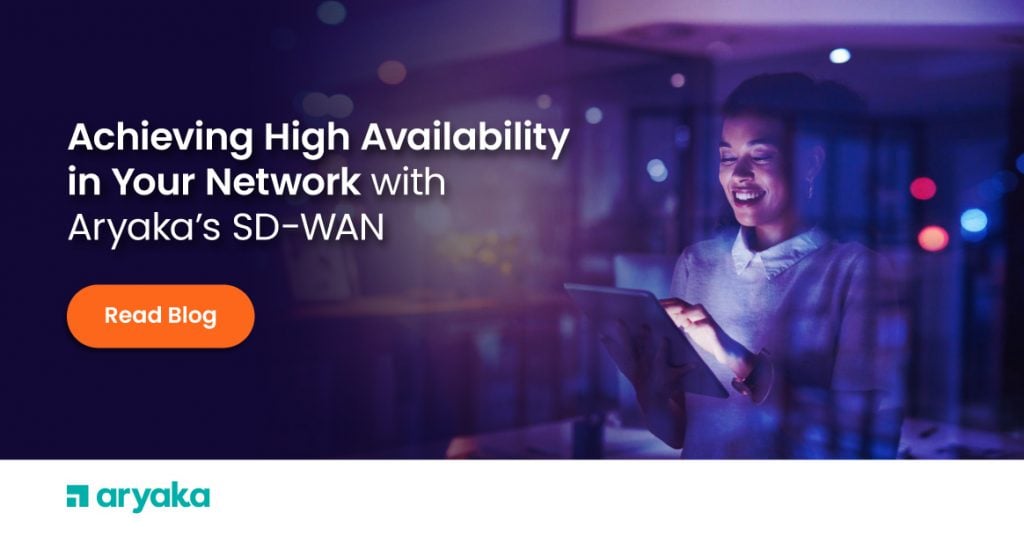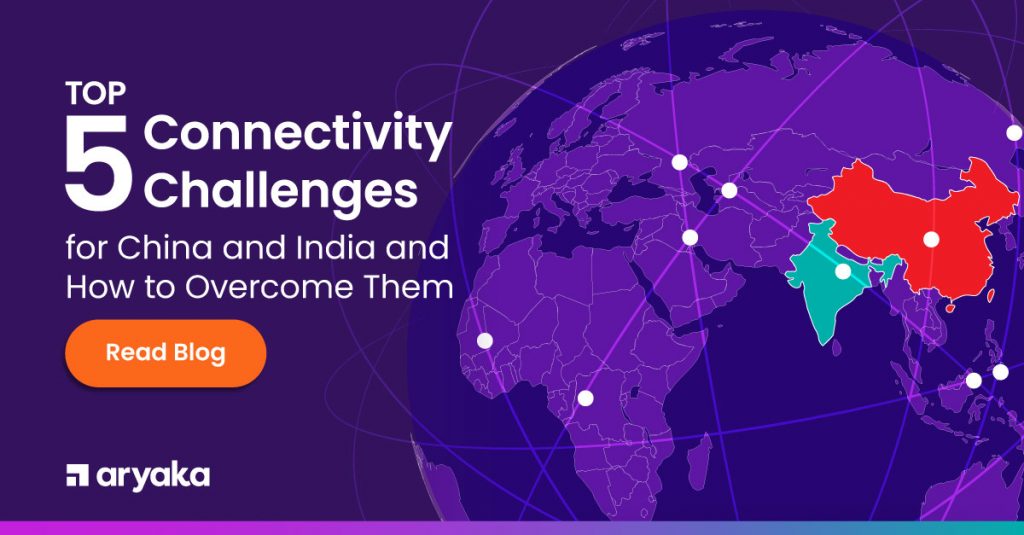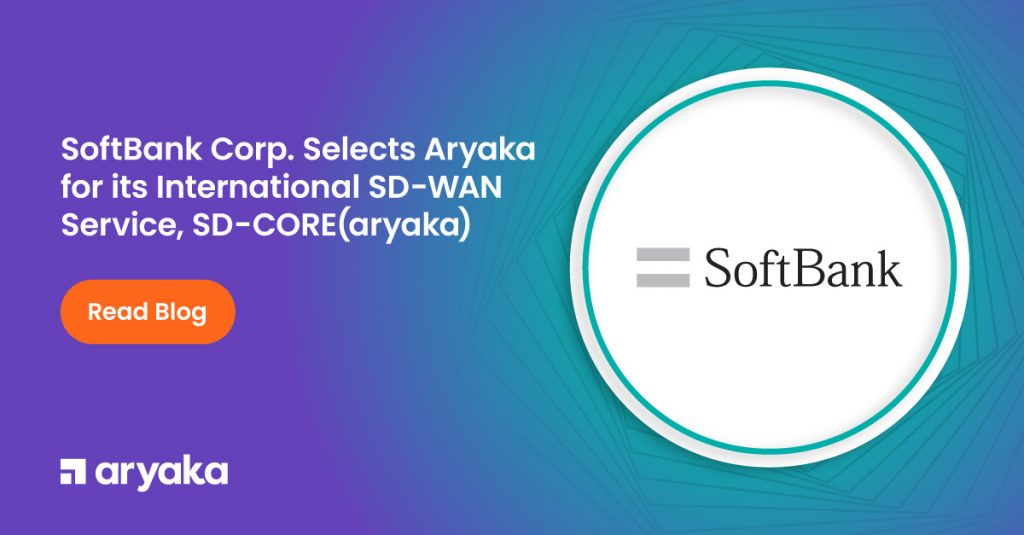SD-WAN Solutions: 5 Key Elements To Consider

Whiskey, leather, cheese, jeans, pickle, wine…a surprising number of things get better as they age. Technology, on the other hand, as Scott McNealy famously said, has the shelf life of a banana. Think about it. There is a reason you made the journey from a 3.5-inch iPhone to a 6-inch one, and the cellular network went from 1G to 5G. Not only does the new phone boast a superior user experience and pack more power, it also lets you do things that would have seemed ‘otherworldly’ on the phone you owned ten years ago.
Similarly, the network your business thrives on is not the same as it once was. A little more than a decade ago, terms like digital transformation, SaaS applications, Big Data, and A.I might’ve been a mystery. Not anymore. They are here now, and you cannot leverage this tech ecosystem without upgrading the network they piggyback on.
SD-WAN Solution to the problem
It’s understandable why decision-makers are apprehensive about tech upgrades. While smaller businesses hold back due to upfront costs and perceived disruptions, the bigger ones often fall victim to shiny object syndrome, and the hyped-up technology falls far from providing the solution they hoped for.
That said, turning a blind eye to the problem is not an option. This leaves enterprises with just one choice — before you put your money where your mouth is, put enough research into it.
When it comes to SD-WAN Solutions, Start-ups, telcos, and edge-router providers are each offering a different take on the basic idea. The vendor ecosystem, at this point, is reminiscent of the old tale about the blind men and the elephant. With each vendor approaching the SD WAN market from a different perspective — it can be hard to separate the wheat from the chaff. So, before you go SD-WAN shopping, make sure to keep these five core elements on your checklist:
1. Underlay
You won’t run the latest iOS on the first generation iPhone. Would you? Similarly, SD-WAN solutions ride on underlay and overlay networks. How well the applications perform depends largely on the underlay network, which comprises physical links that facilitates communication between the edge devices. Considering that the data flow has gone from branch office-data center to branch office-cloud, cloud-data center, data center-data center, cloud-cloud and everything else in between, it is about time you pressed the “update” button on the underlay fiber this traffic rides upon.
Though the internet underlay has been purported as the poster-child for cost-saving, it comes with sometimes minimal-reliability, questionable support and weaker SLAs. It is also the breeding ground for unpredictable latency, packet loss and jitter. A core network which is far from being intelligent and no routing calls are made based on application requirements. Selecting MPLS, on the other hand, means choosing to accept all the limitations it comes with. Be the subpar cloud connectivity, hard-to-scale bandwidth, or the requirement for WAN Optimization to witness real performance benefits.
What you should look for is a private backbone underlay with built-in intelligence and optimization.
2. Optimization
Does SD-WAN obsolete the need for optimization? Definitely not. There is only so much pumping more bandwidth can do to overcome the limitations of physical distance. Picture a collaborative project that involves to and fro exchange of a 10GB file between Australia and Texas. Features such as data de-duplication and compression negate the need for relaying repetitive data, freeing up the bandwidth for more mission-critical applications. From improving application performance to reducing latency, the need for optimization techniques like compression, de-duplication, WAN rate control, SSL optimization, SMB signing, FEC and Advanced Redundancy Removal has not diminished — the more, the merrier.
However, rather than deploying, managing, and maintaining the dedicated appliances yourself, not only at headquarters and the data center, the best way to consume the technology is as a ready-to-go service.
3. Visibility
The services that enterprises consume lingers on well-oiled collaboration between multiple elements in the network. From cyber-attacks and link failures to router malfunction and DNS errors, the network can fall flat for numerous reasons, bringing your workforce to a grinding halt. A recent survey by Vanson Bourne suggests that almost two-thirds of organizations consider network blind spots as one of the biggest challenges when trying to protect their data.
Being vigil to network events can help you troubleshoot network performance issues and perform long-range network capacity planning to optimize the delivery of applications and services. Real-time data analysis of elements such as traffic details, bandwidth consumption, latency and packet loss to lossy links, network and firewall and application availability provides a clear vantage point into configuration management and capacity consumption, giving you all the data to address trends developing across the network.
4. Security
From world-wide-web and Blackberry messenger to big data, IoT and now SD-WAN — innovation and security always go hand in hand. You can add all the optimization and network science to your SD-WAN solution, but it is no good if it is not secure enough. And before you ask, the answer is ‘NO’… a simple endpoint security solution and firewall doesn’t cut it.
Blame it on the architectural requirements or regulatory needs, a single security solution barely suffices all of enterprise’s needs. There are simply too many types of threats and attack vectors for a single security “answer” to do any good. Assuming that some of the defenses might not be up all the time, a multi-layered defense-in-depth approach is the best way to approach SD-WAN security.
5. 24x7x365 Support
The value of customer support is often overlooked compared to the ROI of other services and features. According to a survey, 68% of the respondents agree to pay more for products or services from a company with good customer service. There is a reason why. While in-house expertise is good to have, your network is an amalgam of multiple moving parts that include branch offices, headquarters, cloud applications, on-premises hardware, public cloud and what have you. Even the slightest malfunction can throw your entire operations off track.
If and when that happens, would you prefer to be put through a barrage of calls with half-trained support staff, who have little to no idea of what’s going on, or would you prefer leaning on expert network engineers? DIY SD-WAN Solutions often outsources support to non-experts to cut costs. However, there is a critical link between customer satisfaction and business results. That’s why one should look for solutions that stand by their service and offer top-level support to all of their customers.
In the end..
Over the last couple of decades, the role of technology as an enabler for global businesses has exploded. Initially, the onus of connectivity was on the internet and it did a good job at that. Eventually, we developed more business intensive applications and MPLS stepped in. Until, enterprise took a leap into the cloud. Networking services had some catching up to do now. Along came SD-WAN.
It can be difficult to discern the practical steps needed to build the software defined network of your dreams. And unfortunately, most companies are not asking enough questions.
Aryaka takes a unique approach to solving global application performance. We allow network managers to deliver on a global network infrastructure optimally suited to the needs of digital business, delivering on simplicity, agility and reduced operational cost.
Also, we love to answer questions. Especially the ones around SD-WAN journey and cloud networking. We will be happy to answer yours. Feel free to ping us, here.
- Accelerate CAD/CAM Performance
- Improve Zoom Conferencing Performance
- Calypso Embraces a SaaS-first Strategy
- CallisonRTKL Transforms their WAN
- Kleinfelder Improves Application Performance
- Teradyne Transforms their WAN
- SAP web application performance
- Kleinfelder Improves Application Performance
- Industrial Manufacturing Company Transforms WAN









